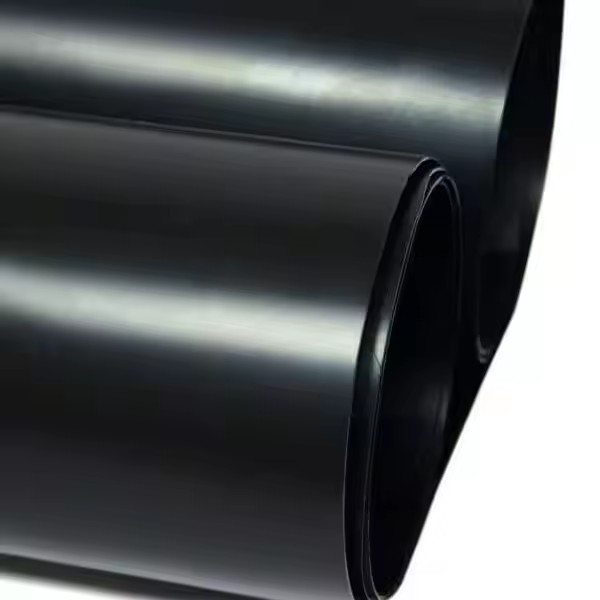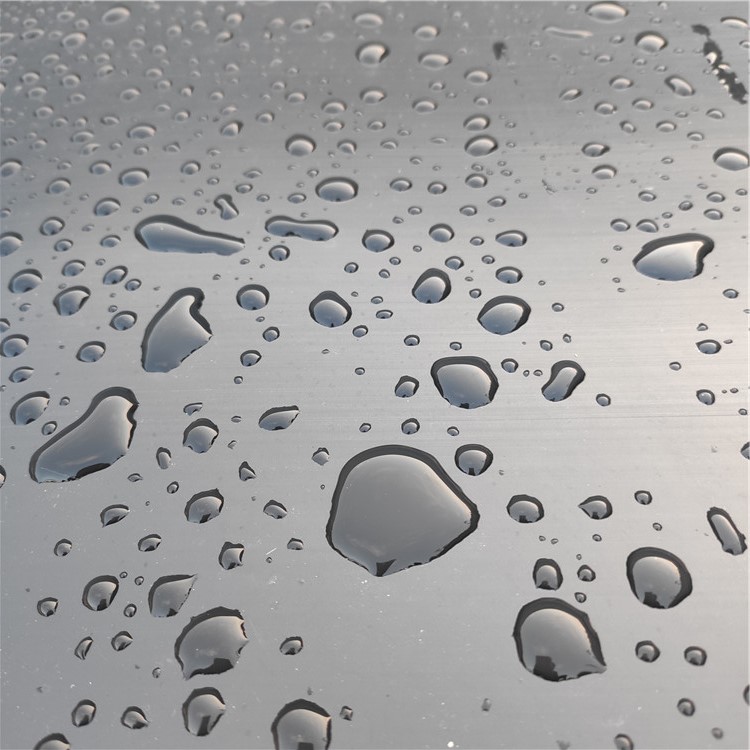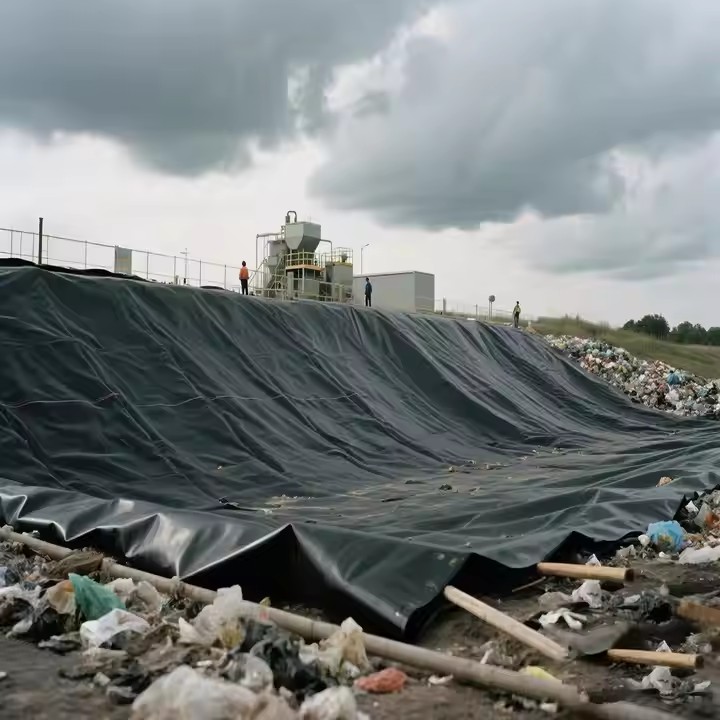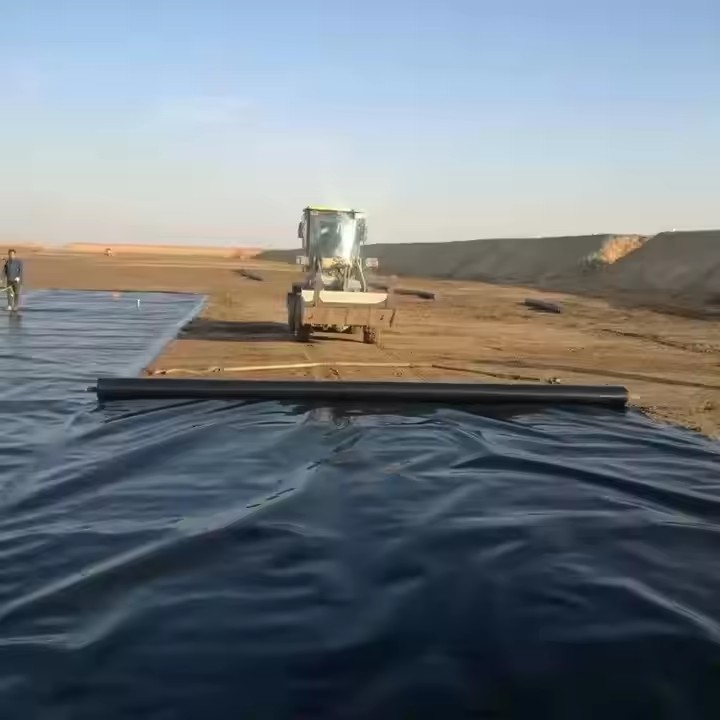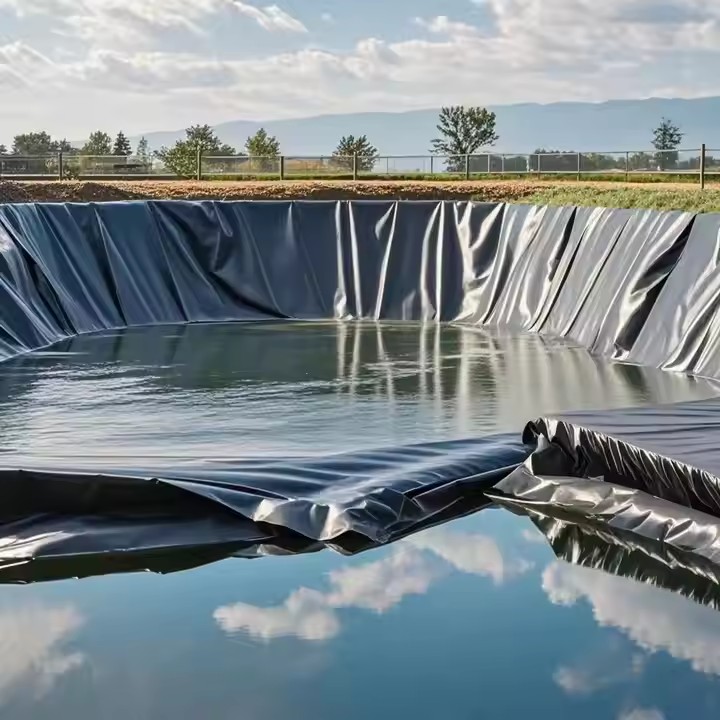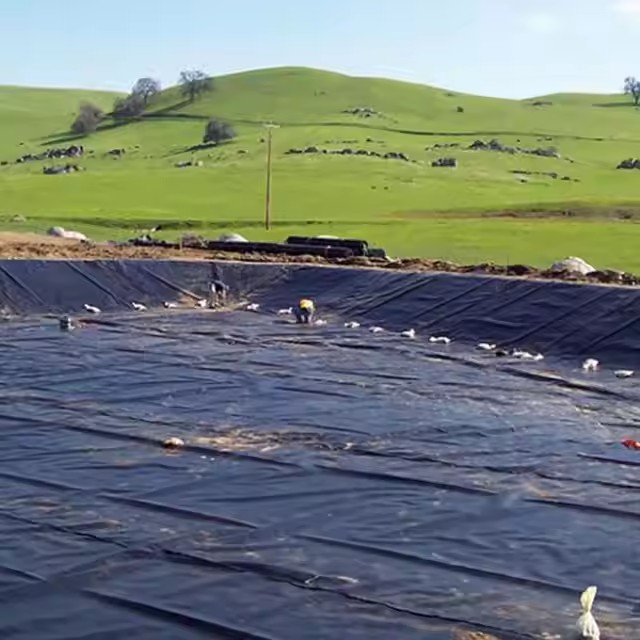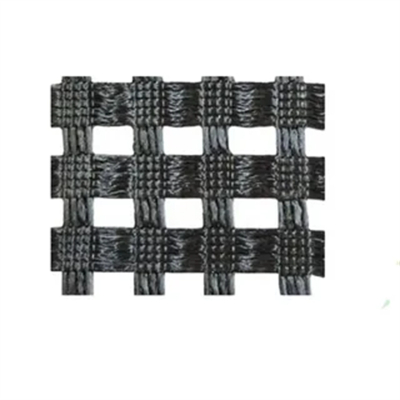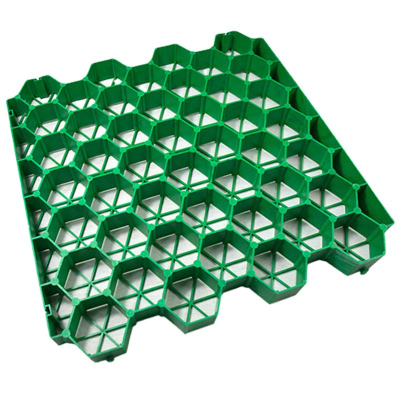HDPE Geomembranes: Reliable Core Materials for International Engineering Projects
In the wave of global infrastructure construction, the demand for high - performance anti - seepage materials is increasing day by day. Among various materials, HDPE geomembrane has become a reliable core material in international engineering projects due to its excellent comprehensive performance and stable application effect. It has been widely used in many engineering fields around the world, from large reservoirs in Africa to busy subway systems in Asia, and from ecological parks in Europe to agricultural irrigation areas in Australia. This article will comprehensively introduce the performance characteristics, application fields, practical cases and future development trends of HDPE geomembrane, so as to show its important position and role in the field of global engineering.
I. Superior Performance Characteristics
HDPE geomembrane is a kind of high - performance polymer waterproof material made of high - density polyethylene resin as the main raw material through special processing techniques such as blow molding or calendering. It has a series of superior performance characteristics, which lay a solid foundation for its wide application in various engineering projects.
1. Excellent Physical Properties
· High tensile strength: Tensile strength can generally reach more than 20MPa, and some high - end products with advanced production technology can even reach 28MPa. This strong tensile capacity enables it to withstand the strong tensile force generated during engineering construction and later use, and is not easy to break, ensuring the integrity of the material.
· Good toughness:Elongation at break is greater than 600%. This means that when it is subjected to external forces such as foundation settlement, it can undergo large deformation without cracking, which is very important for maintaining the anti - seepage effect of the project in areas with unstable geological conditions.
2. Outstanding Chemical Properties
Exceptional chemical resistance: HDPE geomembrane boasts remarkable durability against a wide range of chemical agents, including acidic solutions, alkaline substances, saline mixtures, and organic solvents. This inherent resistance allows it to perform reliably in harsh chemical environments such as industrial chemical facilities, wastewater treatment plants, and waste disposal sites, where it remains unaffected by corrosive elements and maintains its structural integrity over time.
· Excellent aging resistance: In the production process, a certain amount of anti - ultraviolet agents and antioxidants are added. These additives can effectively resist the damage of ultraviolet rays, oxygen and other factors in the natural environment to the material. After long - term outdoor exposure tests, the performance of HDPE geomembrane will not decrease significantly, and its service life can reach more than 50 years, which greatly reduces the cost of later maintenance and replacement of the project.
II. Wide Application Fields
Due to its superior performance, HDPE geomembrane has been widely used in many engineering fields, playing an irreplaceable role in ensuring the quality and safety of the project.
1. Water Conservancy Engineering
Water conservancy engineering is one of the important application fields of HDPE geomembrane, and its excellent anti - seepage performance provides a strong guarantee for the normal operation of water conservancy projects.
· Reservoir engineering: In a large reservoir project in Africa, due to the complex geological conditions in the reservoir area, there are many permeable layers, which leads to serious water leakage in the reservoir. After using HDPE geomembrane for anti - seepage treatment, the leakage of the reservoir has been reduced by more than 98%, which effectively ensures the water storage capacity of the reservoir and provides a stable water source for agricultural irrigation and people's daily life in the surrounding areas.
· Canal engineering: In a canal renovation project in Southeast Asia, the traditional canal lining materials have problems such as poor anti - seepage effect and short service life, resulting in serious water loss. After replacing the traditional lining materials with HDPE geomembrane, the water transmission efficiency of the canal has been increased by more than 30%, and the water loss has been significantly reduced, which has brought great convenience to agricultural production.
2. Environmental Protection Engineering
With the continuous improvement of global environmental protection awareness, the requirements for environmental protection projects are getting higher and higher. HDPE geomembrane has become an indispensable material in environmental protection engineering because of its excellent anti - seepage and isolation performance.
· Landfill engineering: In the construction of landfills, the anti - seepage treatment of the site is crucial to prevent groundwater pollution. Installing HDPE geomembrane along the landfill's base and perimeter creates a sealed anti-seepage system, effectively stopping landfill leachate from seeping into groundwater. It also blocks harmful gases produced in the landfill from releasing into the air, lowering air pollution.
· A large municipal landfill project in Europe uses 1.5mm thick HDPE geomembrane for anti - seepage treatment. After years of operation, the monitoring data show that the groundwater quality around the landfill meets the relevant environmental standards, and the anti - seepage effect is very significant.
· Contaminated site treatment: For some sites contaminated by heavy metals, organic pollutants and other substances, laying HDPE geomembrane on the surface of the site can play a good isolation role. It can prevent the contaminated soil from contacting with the surrounding clean soil and groundwater, avoiding the spread of pollution. In a contaminated site remediation project in North America, a the spread of pollutants has been effectively controlled, creating favorable conditions for the subsequent remediation work.
3. Municipal Engineering
In municipal engineering, HDPE geomembrane is also widely used, involving many fields such as subway, tunnel and artificial lake, bringing more safety and beauty to urban life.
· Subway and tunnel engineering: The waterproof and anti - seepage problem is a key link in the construction of subway and tunnel engineering. The complex underground environment makes the subway and tunnel easy to be infiltrated by groundwater, which affects the safety and normal operation of the project. HDPE geomembrane, with its good waterproof performance, is often used as a waterproof layer in the construction of subway and tunnel. It can closely fit the structure surface to form a complete waterproof barrier, preventing groundwater from infiltrating into the project. In a subway project in a big city in Asia, HDPE geomembrane is used in the waterproof system of the tunnel. During the rainy season with high groundwater level, the tunnel can still keep dry, ensuring the safe operation of the subway.
· Artificial lake engineering: In the construction of artificial lakes and landscape water bodies in urban parks, the problem of water leakage has always been a concern. Due to the poor water retention capacity of natural soil, artificial lakes often have the problem of water leakage, which affects the landscape effect. Laying HDPE geomembrane at the bottom of the artificial lake can effectively reduce water leakage, maintain the water level of the lake, and reduce the cost of water replenishment. At the same time, Has good flexibility and can be laid according to the shape of the artificial lake, which is convenient for construction. In a park landscape project in Europe, After the bottom of the artificial lake was laid, the water leakage of the lake is almost zero, and the water body is clear and stable, which has become a beautiful scenery in the park.
4. Agricultural Engineering
Agricultural engineering is related to national food security, and HDPE geomembrane plays an important role in promoting the development of modern agriculture.
Agricultural irrigation engineering: In agricultural water - saving irrigation projects, HDPE geomembrane is used in the construction of water storage ponds and irrigation canals.HDPE geomembrane-built water storage ponds efficiently hold rainwater and irrigation water, cutting water loss. Canals lined with it boast high water transmission efficiency, ensuring precise, efficient delivery to farmland and boosting water use. An Australian agricultural project saw over 25% higher water utilization and significantly increased crop yields with its use.
Aquaculture engineering: HDPE geomembrane constructs fish and shrimp ponds. Its smooth surface resists bacteria and algae, easing cleaning. It stops pond water seepage, maintaining stable water quality and levels to aid aquatic growth. A large Southeast Asian aquaculture base using it for fish ponds improved fish survival and growth rates, reduced water change and cleaning costs, and brought farmers good profits.
rend of HDPE Geomembrane
With the continuous progress of science and technology and the continuous expansion of application fields, HDPE geomembrane is also constantly developing and innovating to meet the more complex and diverse needs of engineering projects.
1. Improvement of Product Performance
Manufacturers are constantly improving the production process and formula of HDPE geomembrane to further improve its performance. For example, some enterprises have developed modified HDPE geomembrane by adding special materials, which has better low - temperature resistance and can be applied to cold regions with extremely low temperatures, expanding the application range of the product.
2. Diversification of Product Types
Beyond traditional smooth HDPE geomembrane, rough - surfaced variants have seen widespread use lately. Their rough texture boosts friction with contact surfaces, enhancing project stability. For steep - slope projects like mountain reservoirs and highway embankments, they effectively prevent sliding, securing project safety.
3. Development towards Environmental Protection
Answering the global environmental call, HDPE geomembrane's eco-performance gains growing focus. Some firms work on recyclable and degradable versions. These green products can be recycled or degraded post-service life, lessening environmental impact and fitting sustainable development.
In short, as a high-performance engineering material, HDPE geomembrane shows strong vitality and broad prospects in global infrastructure. With advancing tech and expanding uses, it will play a bigger role in more fields, aiding a better world.

